|
Rocking a fussy baby is a dangerous thing. The mind latches on to anything that can distract from the crying, and for me that means telescopes. Could I really use my Mewlon 180, I wondered lately? The telescope is beautiful, but it takes at least an hour to cool down - about as long as I often have to observe. And would I really feel comfortable collimating it in a park? Could I even haul it to a park in the handsome but bulky carrying case I bought for it? The answer to all these questions, I ultimately decided, was no. At the same time, I happened across a new telescope model: a 140mm refractor made by a German company, APM. At just under 20 pounds, this telescope is remarkably lightweight for a 5.5" refractor, and because it's a doublet - meaning it has two lenses - it cools downs quickly. Color correction is also excellent - maybe not quite as good as my Takahashi FC100, but on par with my TV 85 - and a sliding dew shield means the whole assembly is quite compact. Quality control is so good that the telescopes can ship with strehl reports, meaning you know exactly what effect unavoidable wavefront aberrations will have on image quality. The price, meanwhile, is unbeatable for a big apochromatic refractor. I couldn't help but think that the APM would work much better for me than my Mewlon, especially as I've gotten used to those pinpoint refractor stars. Once the idea was in my head, as usual, I couldn't shake it. I sold my Mewlon and a few eyepieces - including my cherished Ethos - then bought a rarely used, second-hand APM with an unusually high strehl of 0.958. To my surprise, the big telescope rides quite easily on my AYO II mount. I had been told that the mount can't quite handle refractors with similar apertures, such as the TEC 140. But if I balance the refractor just right, it does fine - provided I don't use a heavy eyepiece. Which, hey, I had to sell to buy the telescope anyway. Although I promised myself after June 9th that I'd only take a telescope out in the early morning if the seeing seemed above average, by July 1st I couldn't wait any longer. Both seeing and transparency promised to be below average on the morning of the 2nd, but the sky was clear and I wanted to test the refractor. I went to bed at 10:30 PM, woke up at 2:30 AM, and was out the door at 3:05. I'd bought a large soft case to haul the telescope and all my equipment except my mount, and it certainly made it much easier to walk the 15 or so minutes to my new favorite observing site. When I got there, however, my arm was nevertheless ready to fall off. This urban observing location is really special: screened by bushes in a large park that I have permission to use at night. As on the 9th, I was surrounded by rabbits and fireflies, and by 4 AM a cacophony of birds started calling all around me. The nearby trees are alive with noise - not bird calls, but animals moving through them. An army of squirrels? A flock of pterodactyls? Either way, it's a memorable experience being out there in the early morning. Turning to Mars, the image was clearly brighter than what I observed through the FC-100DC on June 9th, but also softer with a bit more light scatter. Nevertheless, that southern polar cap and some delicate dark albedo features were clearly visible. Switching to Jupiter and Saturn, it was clear that poor seeing and to a lesser extent transparency, not the optics of my telescope, would limit my morning views. Both planets had more color than they do through my Takahashi, and I could see a whole family of moons around Saturn - always a thrill. Even at high magnifications, the view remained bright - another step up over the Takahashi. Yet I couldn't really push past 100x and still see detail; the seeing was just not good enough. Still, the great red spot was as obvious as I've ever seen it. I wanted to have a look at the Ring Nebula to compare the light gathering capacity of the APM to my other refractors. With so much light pollution in the muggy sky, the nebula still seemed faint. But I could clearly make out a ring without using averted vision - a first for me. Then, at around 4:15 AM, I noticed a bright light on the eastern horizon. Was it a plane? Or could it be Venus? I had a look, and yes - there it was, a delicate golden crescent. I've never seen Venus look so beautiful; a mesmerizing sight that defied all my iPhone attempts to take a picture. Walking back was another huge chore, and when I returned I noticed that the wheels on my case already had some wear and tear. Still, I thought the telescope acquitted itself very well. The only false color I detected, I think, was a function of seeing. Stars were, of course, pinpoints. The view was noticeably brighter than it is through my Vixen - about as bright as it was through my dearly departed C8, I figured. Thermal acclimation was nearly instantaneous. The mount was sturdy, with vibrations at well under two seconds. This telescope is a keeper. On the evening of the 2nd, I realized that the sky would be clear again on the morning of the 3rd - except now the seeing and transparency promised to be average. Could I really function for a second day on four hours of interrupted sleep? Yes, I decided I could - and there I was again, in the park by 3:30 AM. This time I brought my Takahashi. I didn't have the energy to lug out my APM on so little sleep, and I wanted to compare the view through the FC-100DC with what I'd had with the APM. Mars was, once again, my first target. I had been a little disappointed with the view of Mars through the APM, although to be honest I would have been blown away had it not been for that magical morning on June 9th. Now, using the Takahashi again, I realized that the view on the 9th was a function of good seeing and good transparency - and a great little telescope, of course. The view on the morning of July 3rd was similar to what I'd had using the APM on the 2nd, albeit less bright and with a bit less scatter (possibly owing to better seeing). The south polar cap was easily visible, and some dark albedo features too - a fine view, but not comparable to what I saw on the 9th. When I turned the telescope south to Jupiter and Saturn, I was surprised: the seeing in that part of the sky was actually worse than it had been on the previous morning. Jupiter in particular was a hot mess, with nothing visible aside from the most obvious belts and zones. I could just make out the Cassini Division on Saturn, and I actually got some half-decent iPhone photos. Saturn photographs much better than the other planets largely because it's fainter. My phone washes out all detail on brilliant objects on a black background, so Jupiter especially almost always comes out as a bright white ball - except in those especially blurry moments, while taking a video, in which the picture just passes into or out of focus. In general, views of Jupiter and Saturn were worse using the Takahashi than they had been with the APM, but a lot of that comes down to a slight difference in seeing. I would say that, with the focal extender, the Takashi probably gives slightly sharper but less colorful and somewhat dimmer views. With that said, the difference in brightness on the planets was less than I expected; the Takahashi puts up a hell of a fight against any telescope, it seems.
Turning to the Ring Nebula, the picture was very different. In subpar transparency - the forecast lied - the nebula was only barely perceptible at all. I needed averted vision to see a ring, and then again - just barely. I guessed that the view with the APM was twice as bright, a gigantic difference, of course, when it comes to observing deep space objects. Once again, Venus loomed on the horizon when it was time for me to start thinking about packing. Once again, the view was glorious - and the iPhone washed out all details (ditto for Mars). Oh well - I took a shot anyway, and now it's on this website. Somehow, even terrible pictures help me remember the wonder. Dodging crowds of rabbits, I made my way home. The lack of sleep hurts, but I'll cherish these early morning memories. And I sure am happy to have another telescope in the fold.
0 Comments
Leave a Reply. |
Archives
March 2024
Categories
All
|

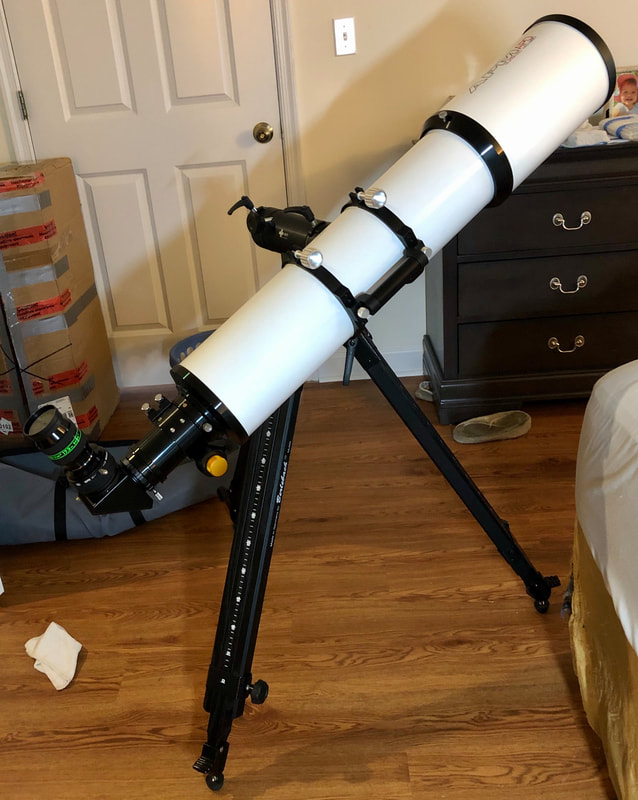
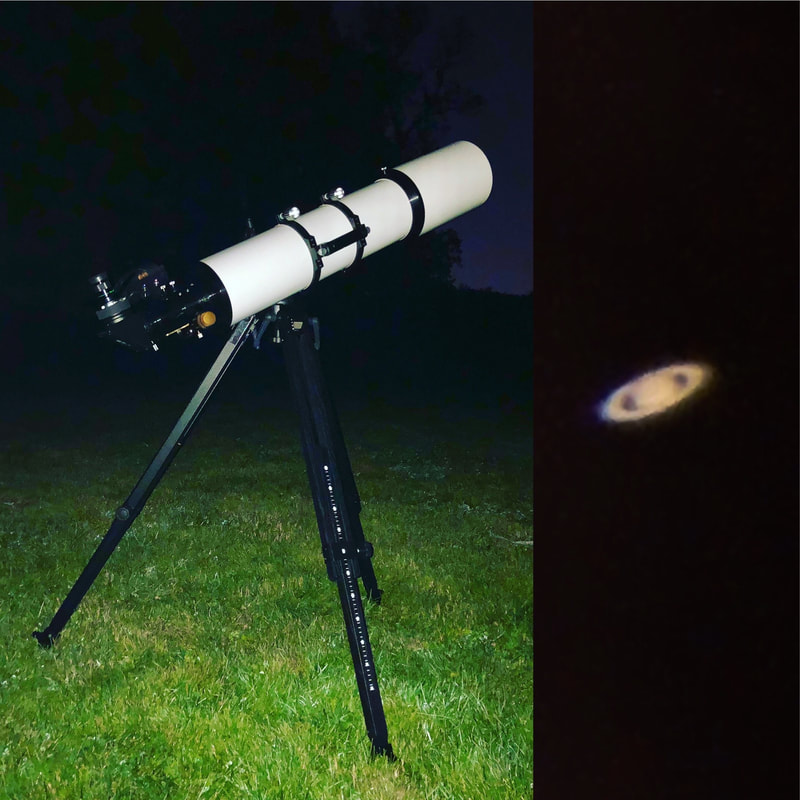
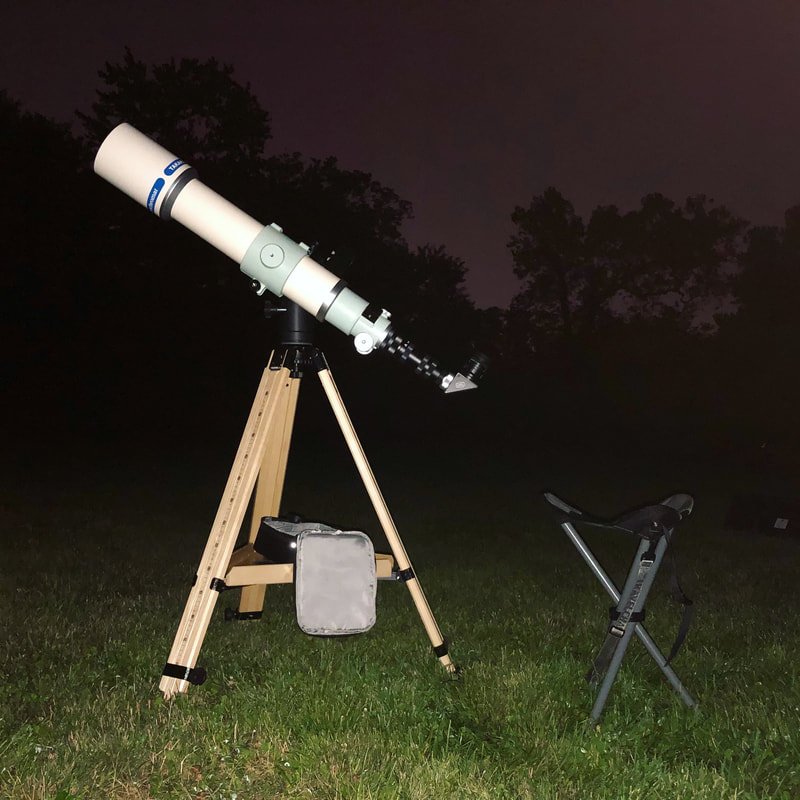
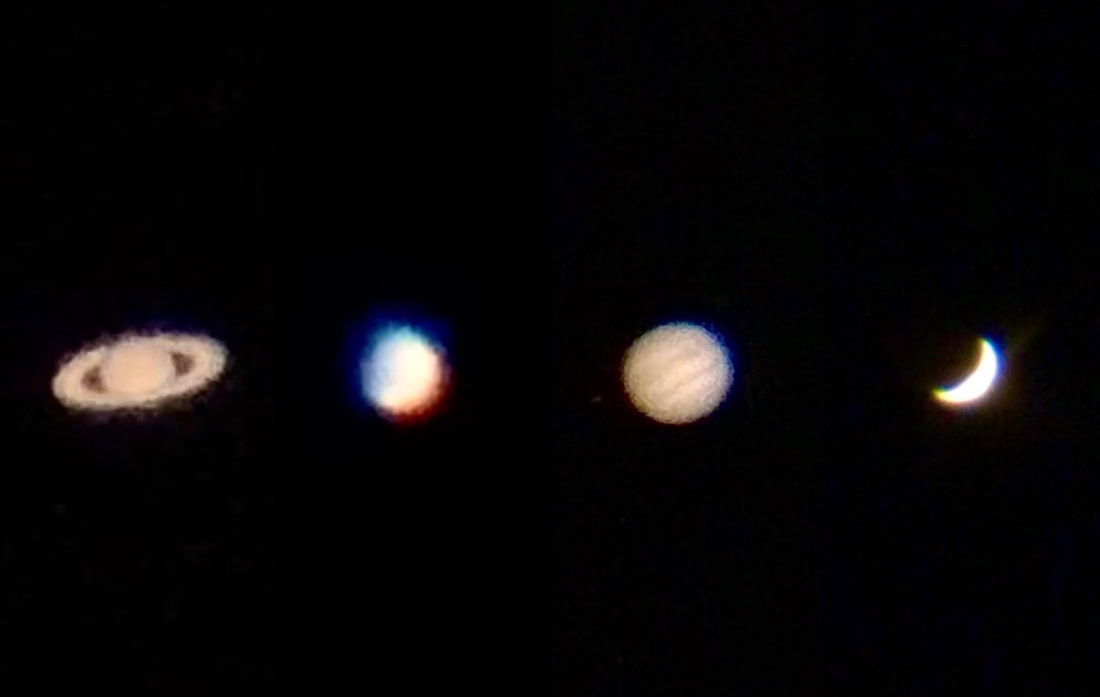
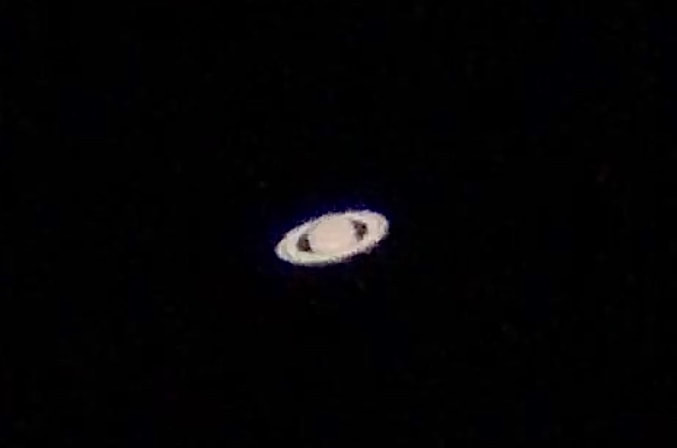

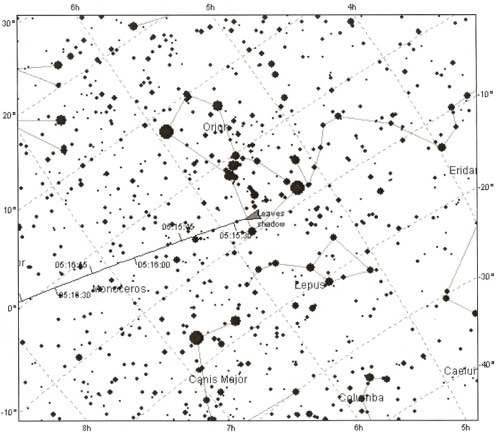
 RSS Feed
RSS Feed